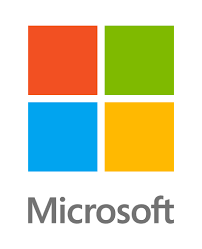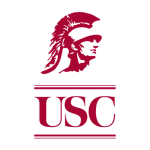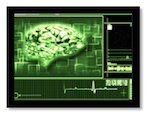Discover MotionReach®
MotionReach® is an e-rehabilitation device aimed at enhancing
recovery of upper extremity function after stroke.
Functions of MotionReach
Train
MotionReach provides semi-automated and high-intensity arm motor training based on a method shown to have high clinical effectiveness. Interactive and responsive feedback allows the patient to stay motivated throughout the session.
Test
MotionReach assesses movement quality in both hand trajectory space and arm joint space. These accurate and high precision measurements are crucial for improving arm and hand function while mitigating compensatory movements.
Report
Session-by-session and summary reports are generated based on arm use, as well as hand and arm performance data. These reports are generated for the patient, the clinician, and the health insurance providers.
Benefits
MotionReach is an e-rehabilitation device that provides semi-automated
and personalized training of arm functions. MotionReach was designed
on a method shown to have high clinical effectiveness.*
Clinician Benefits
MotionReach offers patients:
- Adaptive training
- Greater and faster recovery*
- An easy to use system
- Real-time feedback
- Instant reports on progress
MotionReach increases clinician revenue streams by:
- Increasing the number of visits per patient
- Managing multiple patients simultaneously
- Decreasing costs with automated training
MotionReach provides objective reports for:
- Quick high precision tests
- Personalized training sessions
- Validation of reimbursement
- Decrease in documentation time
* In a published peer-reviewed study with a prototype of MotionReach, 16 individuals with chronic stroke and mild to moderate impairments performed two sessions of unassisted intensive reach training, with 600 movements per session. Training resulted in significant 1-month improvements in movement time (20% on average) and movement smoothness (23% on average), as well as in a test of arm and hand function, the Box and Block test (23% on average).
See Park et al. Neural Rehabilitation and Repair, 2015.







